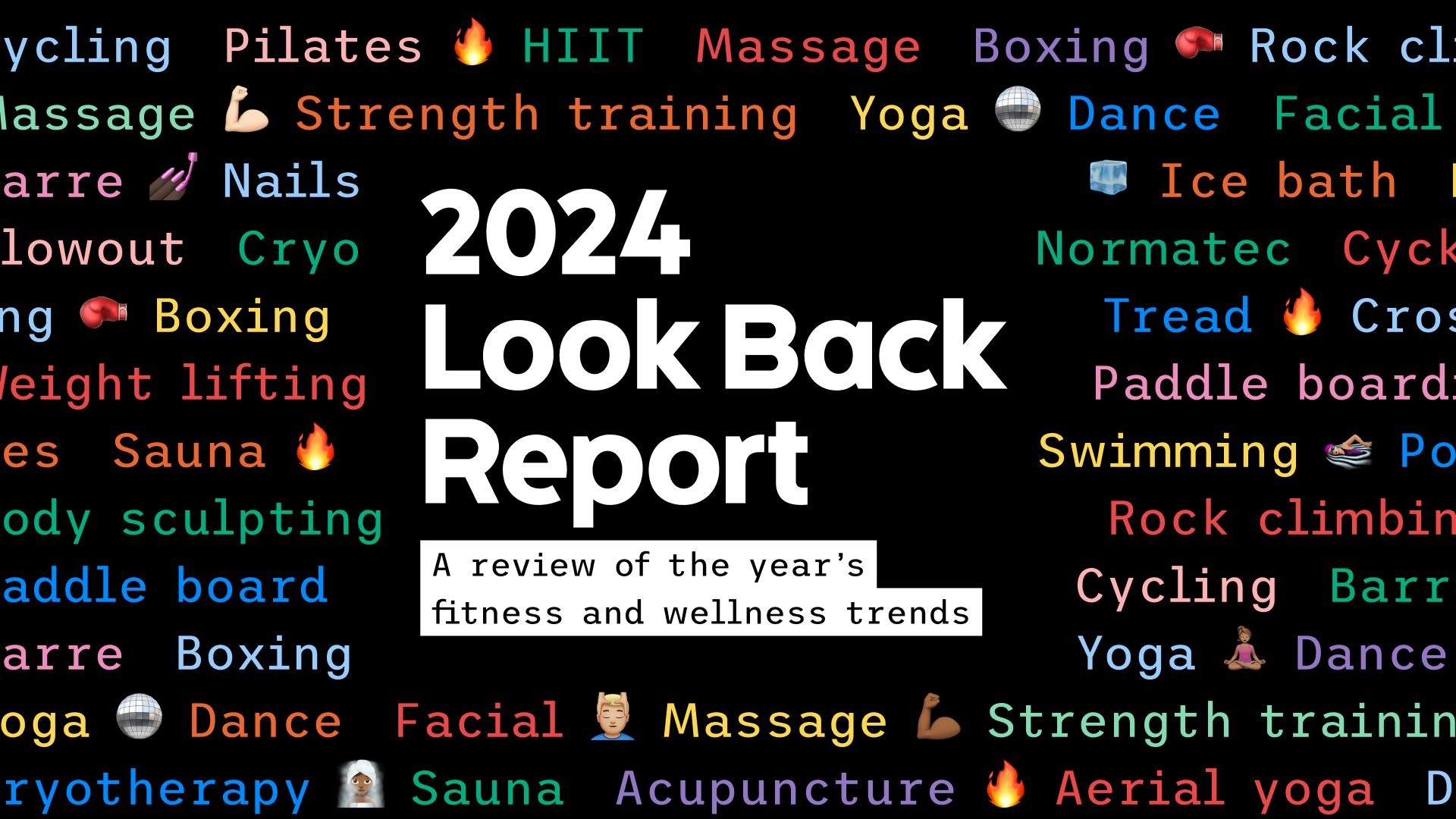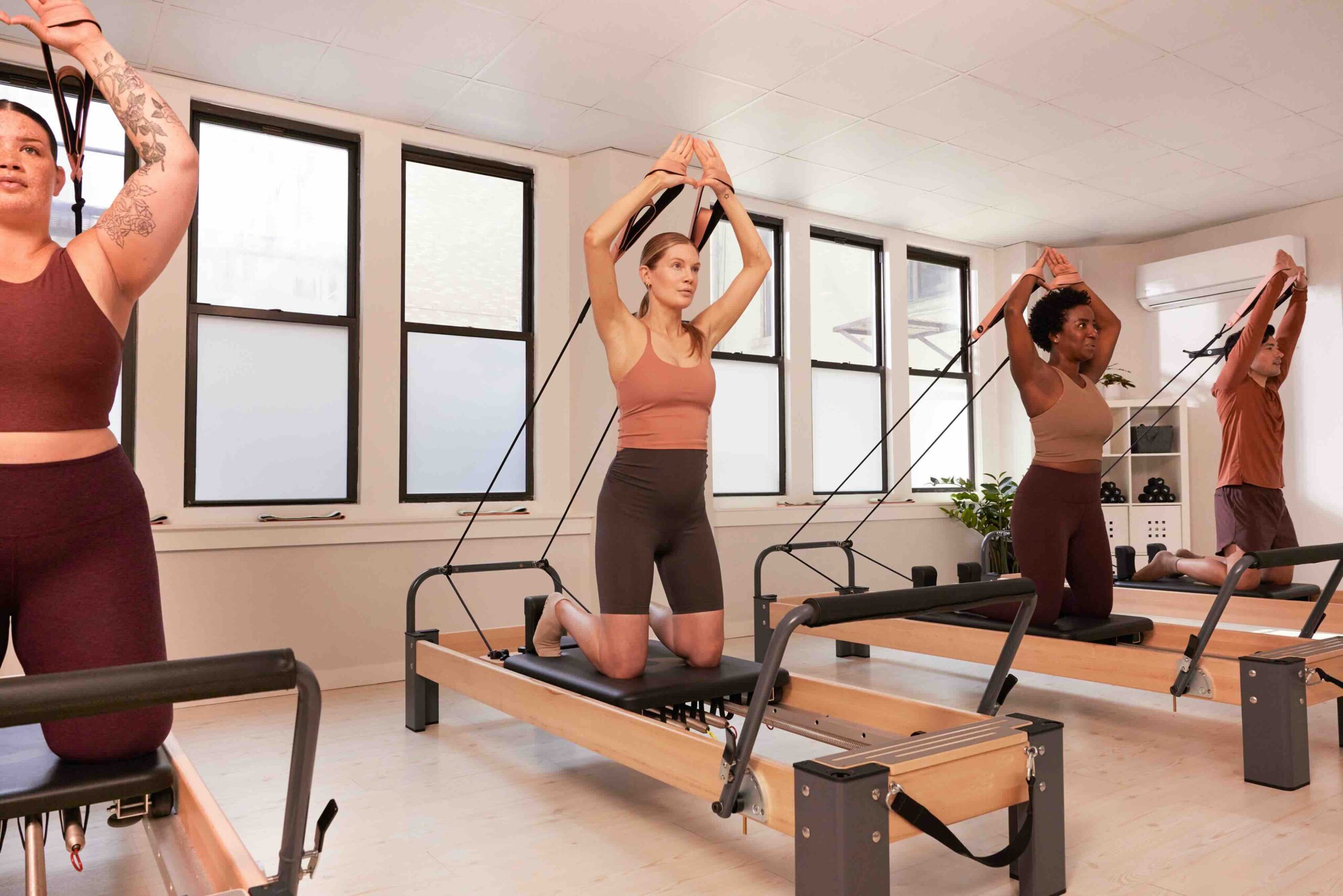Of course no one wants to think about them, but injuries are inevitable. Whether you’ve gone too hard on the treadmill and have runner’s knee, or slipped off a step in aerobics class and sprained an ankle, there are going to be times where you’re forcibly sidelined from the gym. When getting back to your exercise routine after a few weeks of sitting out with an injury, there are some key things to know to make sure you don’t end up back on bed rest. Here are some essential guidelines for how to battle back from an injury.
The most frequent injuries
For regular exercisers, there are a few common, nagging injuries that you may encounter. Repetitive stress injuries are the most frequent ones experienced by athletes and exercisers, says Bronwyn Spira, physical therapist and founder of FORCE Therapeutics, a platform designed to help accelerate a patient’s recovery from musculoskeletal injuries. “Basically, the body’s soft tissues—tendons, ligaments, muscle fibers—start to break down with overuse, especially in the case of biomechanical misalignment,” Spira says. “Strains and sprains are classified according to the injured structure as well as the severity of the injury. If the injury is commonly associated with a particular sport or activity, it often gets named accordingly. For example, ‘runner’s knee’ is an overuse injury associated with runners whose patella, or kneecap, tendon becomes inflamed due to repetitive knee motion, especially when the kneecap is not tracking correctly as the knee bends and straightens.”
Check your form
If your injury was caused by a specific exercise or less-than-ideal form, make sure to correct any problems before fully getting back into the swing of things. “Once you have recovered from an injury and been given the ‘all clear’ from your doctor or physical therapist, it is most important to start out slowly, especially with the aggravating activity,” Spira says. “So if you suffered a rotator cuff strain in your shoulder and your physical therapist assessed the reason to be poor body mechanics during chest press, you will need to start out by just going through a few repetitions of the motion without weights. Be vigilant about your form as you do so and then assess your body’s response. Is there any pain, stiffness, clicking? If not, you can gradually increase the weights. But remember, some of the effects might not be felt immediately. Do a couple light sets and see how you feel the next day before you start to progress back to your pre-injury capacity, or you will just end up re-injuring those sensitive structures again.”
Don’t overdo it
It’s easy to want to dive right back into your exercise regimen if you’ve been away from the gym for a while, but resist the urge to go back full force. “Often, exercisers are so excited to be back in the gym, they may get a little over zealous and are anxious to make up for ‘lost time,’” Spira says. “This is a big mistake as they end up re-injuring those fragile tissues and going back to square one.” It’s not the best idea to go from six weeks of being a couch potato back to channeling an Olympic athlete.
Follow doctor’s orders
It may be tempting to want to skip your physical therapy appointment or toss your sling early if you’re feeling better, but it’s important to follow through on the instructions your medical professionals have provided. “It is critical to listen to your doctor or therapist’s recommendations when returning to your sport or workout routine,” Spira says. “Physical therapists are motion experts and will take time to understand not only the injury process, but also the underlying biomechanical dysfunction that caused the injury. They will be able to instruct you on how best to correct the joint mechanics, which may take time, and allow the injury to heal while at the same time, preventing future injuries.”
Know when to stop
If you think you’re fully recovered, but suddenly feel a pain or pinch, take pause. “If the pain of an injury reoccurs, even mildly, ice and rest,” Spira says. “It means you are not ready to return to your sport. Give your body time and fuel, like lean protein and plenty of water, to heal, and always vary your workouts to avoid repetitive stress!” It’s better to go home and rest up so you can recover fully than powering through and potentially causing more damage to your body.







